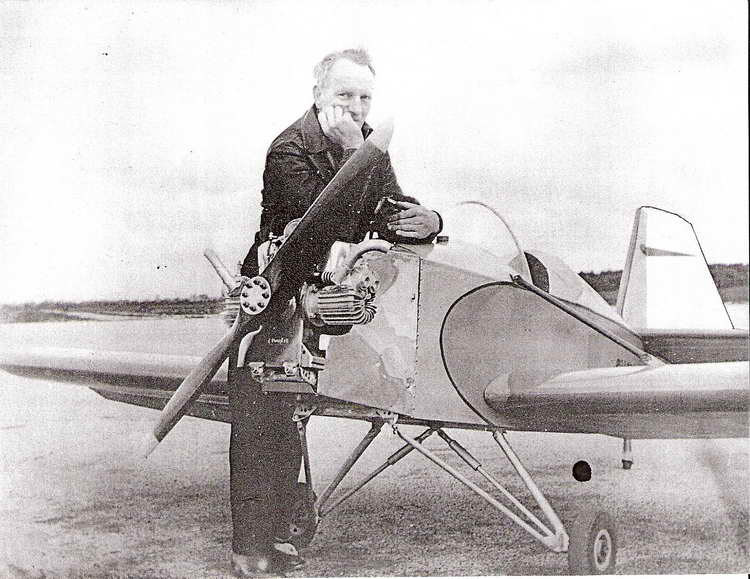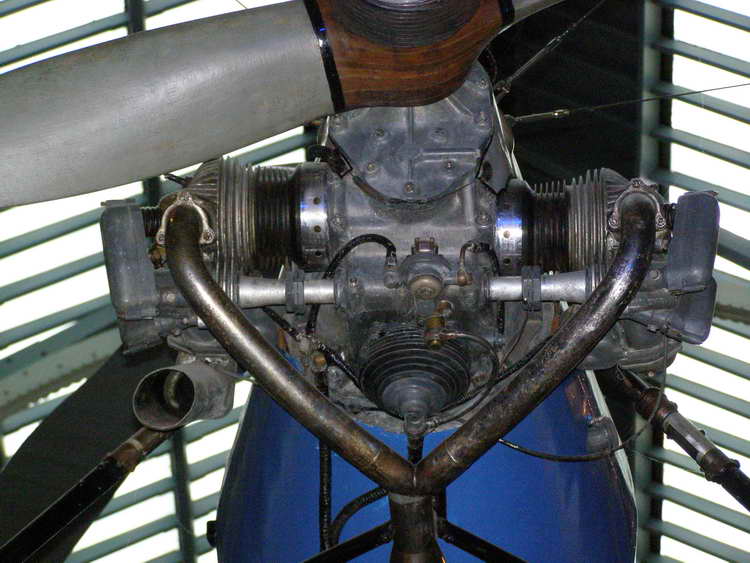Thanks for the comments guys, glad to see others enjoying the thread. I am having a ball watching this take shape.
Cylinder drilling and SECRET WEAPON
I tend to think things through too much sometimes. Its nice when things go as planned, but having multiple contingency plans can drive you crazy :-[ But occasionally, those backup plans come in real handy.
First things first. We need a place for the head bolts to go on the cylinders. We pull out the old secret weapon and center inside the bore. I left the cylinders bolted to the case halves which simplified workholding and put the main offset direction along the good leadscrew. I have a new Rohm chuck with R8-6JT adaptor and its a pleasure to work with. My old Jacobs was a good chuck, but its runout was getting pretty bad, and it was only a 33JT-1/2" which isnt as sturdy, and has a nasty habit of falling out of the collet when loosened. New Jacobs chucks proudly proclaimed they were .004 runout, which seemed like a whole lot to me, and they wanted $91 for the R8-6JT adaptor. This Rohm seems better then the Jacobs was when it was new.
Once centered, we simply wound the one axis over to drill the one headbolt at the top of the cylinder. The centering tool is pretty tall so I used an extra long center drill to start the hole.
With the first headbolt drilled, I attached the head and used a transfer punch down the remaining 4 head bolt holes. These punch marks served as sanity checks in case I lost track of a dial turn somewhere. I still laid out the holes with the manual handwheels, and was happy the center punch marks and the handwheels agreed. The heads now had a place to go and it felt good!
The next secret weapon
I wanted to follow modern full size practice with press in valve seats. One disappointing part is the chatter I had when cutting the seat area with a 90 degree countersink.
And here is where I had already overthought this one to death. If you have ever ground a full size valve seat, you know the seat grinder tool is quite a nice piece of kit. Hex ball driven full bearinged carrier for screw on grinding stones with a diamond dresser, and a selection of tapered pilots to drive into the valve guide. Obviously, a well thought out tool and perfect for the job, but not really scalable. With the guides ready to install and the seats all pressed in, it was time to try a mini version with as few compromises as possible. First stop, Home Depot, for a fresh fine Dremel grindstone, shank dia .1240.
Setting the cross slide over 45 degrees, I clamped a small dressing stone (Dremel circa 1981) in the toolholder and turned (ground, dressed, broke?) a rough edge on the backside of the grinding stone.
I have had this idea for a while, so over a year ago I was looking through my favorite toy catalog (Mcmaster) and found the cheapest diamond dressing bit they had, $7 today, used to dress a convex radius on stones. A quickie adaptor for my toolholder and a last second tightening of the cross slide gibs, I dressed a perfectly flat 45 degree angle on the bottom of the stone.
Now I am at the point where I goofed up when I went metric on the valve stems. I couldnt use the stone on the finish 3.5mm guides so I made one special guide with a .125 hole for the grinding stone stem. Using some Vactra for lube there was no discernable play between the guide and stone stem. The stone was inserted in the head and a dremel used to drive the stone at a relatively low speed (~2krpm).
You definately dont need to lay into it, you hold the stone off the seat, turn on the dremel and let it get up to speed, and just peck backwards 4-5 times letting the stone do the work. It was a lot of work to create a tool that did the job very quickly. If I wanted to dress some more stones at 30 and 60 degree angles, I could do a "3 angle valve job". All valve jobs have 3 angles, thats one of my pet peeves.

Did it work? Let me know what you think.


































